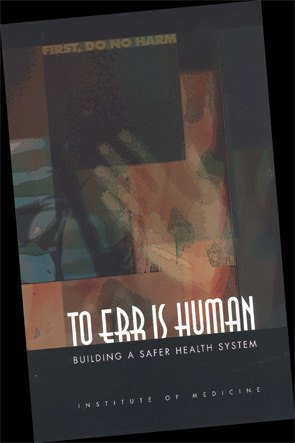
“To Err is Human,” published by the Institute of Medicine in 1999, set off a firestorm of quality initiatives when it announced that at least 44,000 to 98,000 people die in hospitals every year because of medical errors. The first quality initiatives, which were aimed at hospitals, have now trickled down to physician practices. For two years there have been reports of payors moving to a pay-for-performance system or value-based purchasing.
This past December, Congress passed the 2006 Tax Relief and Healthcare Act. One component of the legislation was the Physician Quality Reporting Initiative (PQRI), which will pay physicians a bonus for reporting quality measures along with Medicare claims. The program provides a 1.5% lump-sum payment based on the quality of patient care rather than the quantity or nature of services rendered. (See “Medicare Quality Movement Reaches Clinicians,” June 2007, p. 1 for more information on PQRI.) PQRI is one example of actions taken by payors in recent years to hold providers more accountable for the care they give and to tie it directly to compensation. This trend could alter the way Medicare payments are calculated, so physicians should join the quality movement early.
Quality and Medicare Reimbursement
Congress and the CMS are struggling with the flawed Medicare Physician Fee Schedule and providing appropriate reimbursement to physicians (see “ACR Unites with AMA to Fix SGR,” p. 10). The Balanced Budget Act of 1997 enacted the SGR that was originally intended to control the growth in Medicare physician spending. The Medicare Payment Advisory Commission (MedPAC, also established by the Act) advises Congress on the Medicare program and offers testimony about the SGR and the Medicare program. In March 2007, MedPAC reported that, “the SGR is widely considered to be flawed; it neither rewards physicians who restrain volume growth nor punishes those who prescribe unnecessary services.”1 Congress and the CMS now realize that the SGR needs to be fixed. The current fee schedule is based on the quantity of resources consumed rather than quality or value. CMS has asserted that it is on a path to “transform Medicare from being a passive payer to an active purchaser” through value-based purchasing programs like PQRI. According to the CMS, the goal of PQRI is to “encourage higher quality and avoid unnecessary costs to enhance the value of care.”